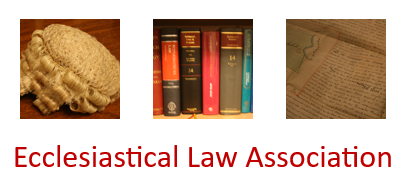The petitioner sought a faculty to authorise the exhumation of the cremated remains of his wife from the churchyard at Up Hatherley, in order that the remains might be reinterred in Australia, where the couple had lived since emigrating there in 1980 and had brought up their family. Following his wife's death, the petitioner, against the wishes of his family, including his wife (an atheist), who had made it known to the rest of her family that she had no wish to be buried in a Christian churchyard in England, arranged to have his wife's ashes interred in the churchyard at Up Hatherley. After recovering from an illness after the interment in England, the petitioner realised that he had made a mistake in having his wife's ashes interred in an English churchyard against her wishes and wished to have her ashes moved to Australia. The Deputy Chancellor decided that the mistake constituted an exceptional ground for allowing exhumation.

